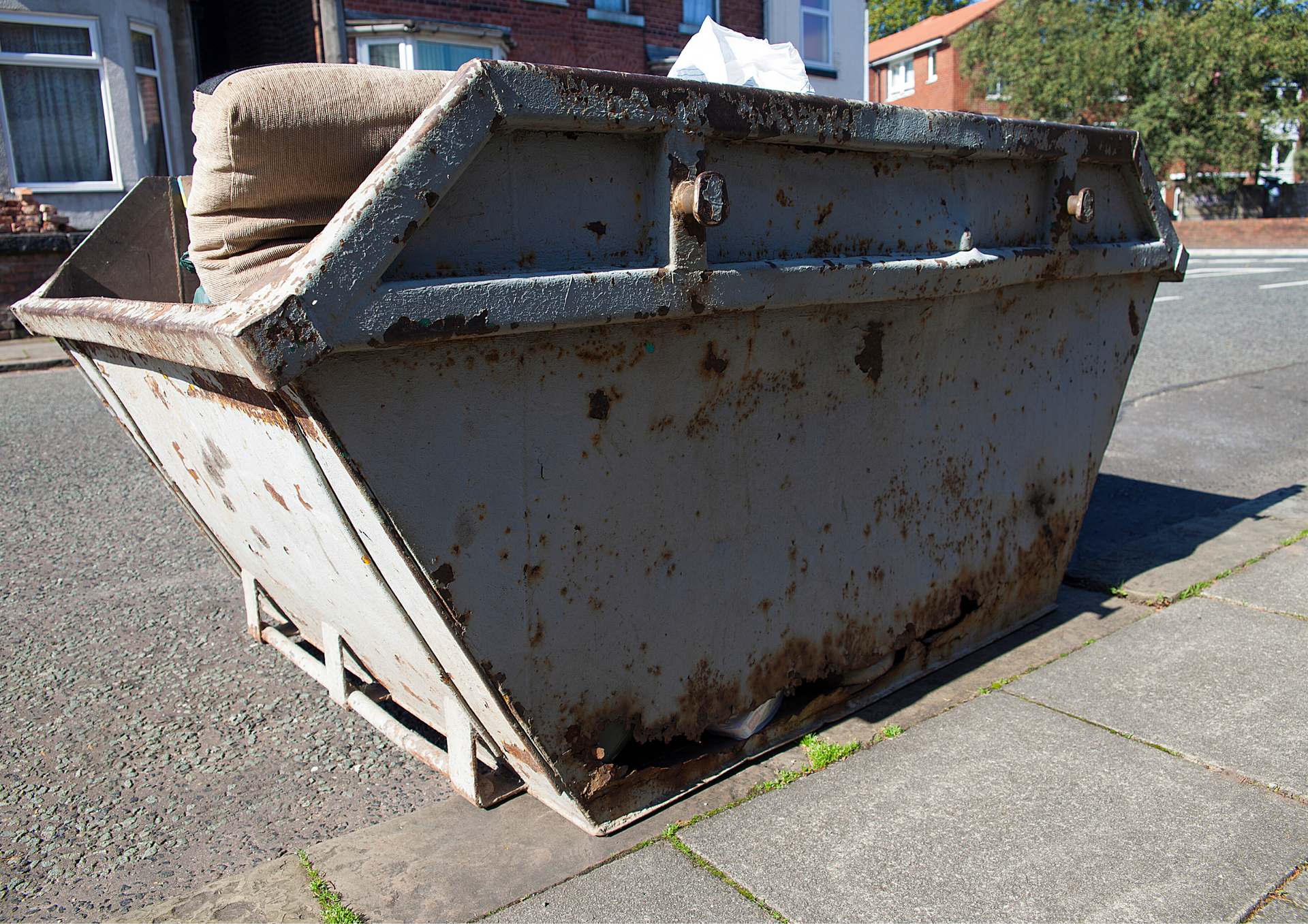The Difference Between a Builder’s Skip and Other Skip Sizes
Managing waste efficiently is essential for construction projects, home renovations, business clear-outs, and even large events. Choosing the right skip size can save both money and time, while also ensuring compliance with waste management regulations. One of the most common and practical choices is the Builder’s Skip, a versatile option suitable for both commercial and domestic projects. But how does it differ from other skip sizes, and when should you use it?
Below, we’ll explore the role of a Builder’s Skip, compare it with alternative sizes, and provide guidance on selecting the best skip.
Understanding the Builder’s Skip
The Builder’s Skip is often regarded as the standard choice in waste management. Typically available in 6 or 8 cubic yard capacities, it provides the perfect balance between size and practicality. Large enough to handle significant amounts of waste, yet compact enough to fit in driveways or on construction sites, it is the go-to skip size for many projects.
What sets it apart from smaller skips is its capacity. While mini skips may only be suitable for garden clearances or small DIY jobs, a skip can handle a wide range of waste types, including soil, rubble, bricks, and general household materials. This versatility makes it invaluable for builders, landscapers, homeowners, and businesses alike.
Comparing Skip Sizes: Small, Medium, and Large
Not all projects require the same amount of waste disposal, and that’s where alternative skip sizes come in. Smaller skips, usually 2 to 4 cubic yards, are best for minor clean-ups or small-scale garden work. They are easy to position in tight spaces but can quickly overflow if you underestimate the volume of waste.
On the other end of the scale, larger skips of 10 to 16 cubic yards are available for commercial projects, office clear-outs, and bulky waste materials. These are ideal when dealing with high volumes but may be impractical for residential areas due to their size.
It sits right in the middle of this spectrum, offering a balanced solution. It provides enough space for substantial projects without the inconvenience of oversizing. For homeowners and construction companies alike, this middle-ground option is often the most efficient.
Choosing the Right Skip for Your Needs
Deciding on the right skip size depends on your type of project, the space available for placement, and the waste materials you need to dispose of. A 6 yard skip hire is often the perfect fit for smaller renovation projects or medium-sized clear-outs. It provides sufficient space without taking up excessive room, making it popular among homeowners.
Meanwhile, an 8 yard skip hire offers additional capacity, which is particularly useful for construction projects or larger household cleanouts. Its size allows for greater flexibility, reducing the need for multiple collections or additional skips.
When comparing your options, it’s important to consider cost-effectiveness, waste type, and access restrictions. Overestimating your needs may lead to wasted space and money, while underestimating may require additional hires.
Cost Considerations and Value for Money
The financial aspect plays a significant role when choosing a skip. Many customers explore builders skip hire prices before making a decision. While the cost can vary depending on location, waste type, and duration of hire, the skip often provides the best balance between affordability and capacity.
Smaller skips may seem cheaper at first, but they can prove more costly if you need more than one to complete your project. Conversely, larger skips may exceed your requirements, resulting in unnecessary expense. The skip typically strikes the right balance, offering a cost-effective solution for both domestic and commercial needs.
For those managing construction sites or large home projects, reliable builders skip hire services can provide not only the right size but also timely collection and delivery, helping to keep sites clean, safe, and compliant with waste regulations.
Choosing the right skip size can have a significant impact on the efficiency and cost-effectiveness of your project. The
Builder’s Skip stands out as a versatile and practical choice, bridging the gap between smaller skips for light domestic use and larger skips for extensive commercial work. Its balance of size, cost, and convenience makes it the most popular option for homeowners, businesses, and construction companies alike.
At
Skip Hire Swansea, we are committed to delivering a reliable, professional, and customer-focused service. We offer a wide range of skips, from small domestic options to skips and larger commercial sizes, making us the ideal choice for projects of all scales—from garden clearances to major construction work.
Our transparent pricing ensures there are no hidden costs, while our prompt delivery and collection services help keep your project on schedule. With expert advice available to guide you in choosing the right skip, we provide an efficient, affordable, and tailored waste management solution you can trust.
Update on X:
Builder’s skip compared to other skip sizes – key differences explained!




